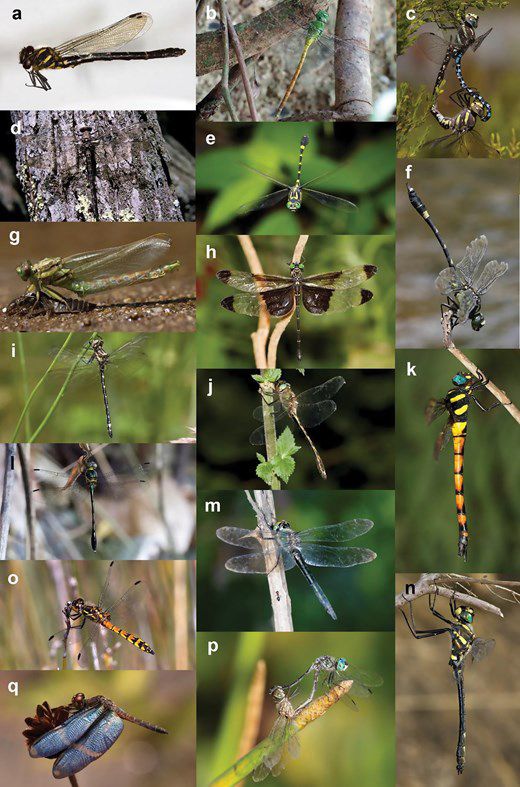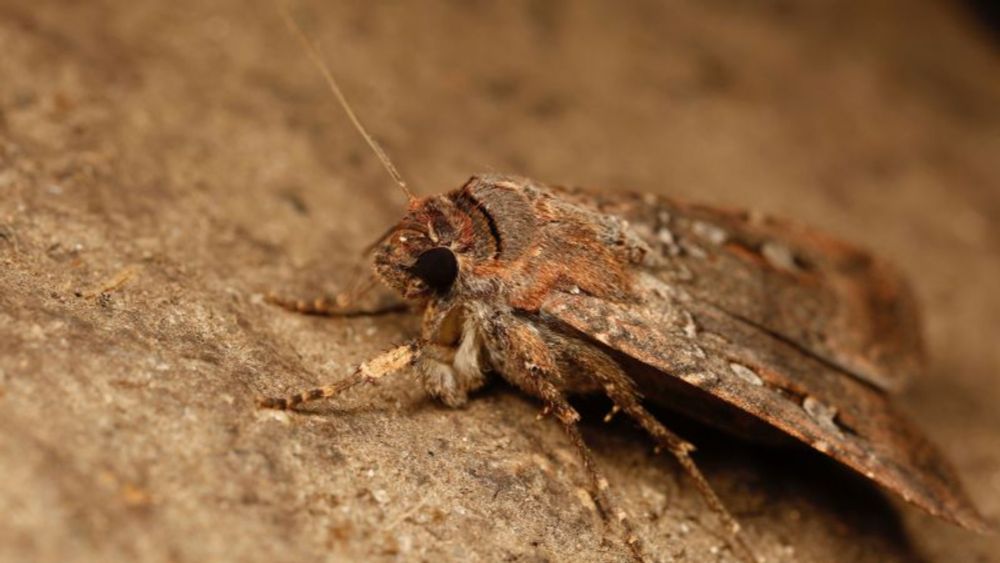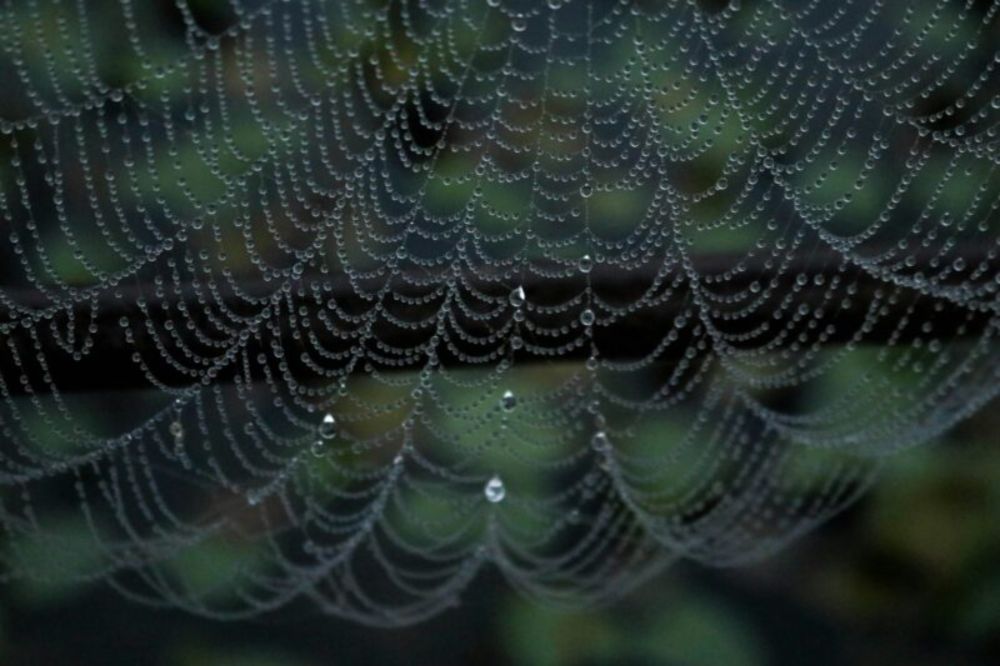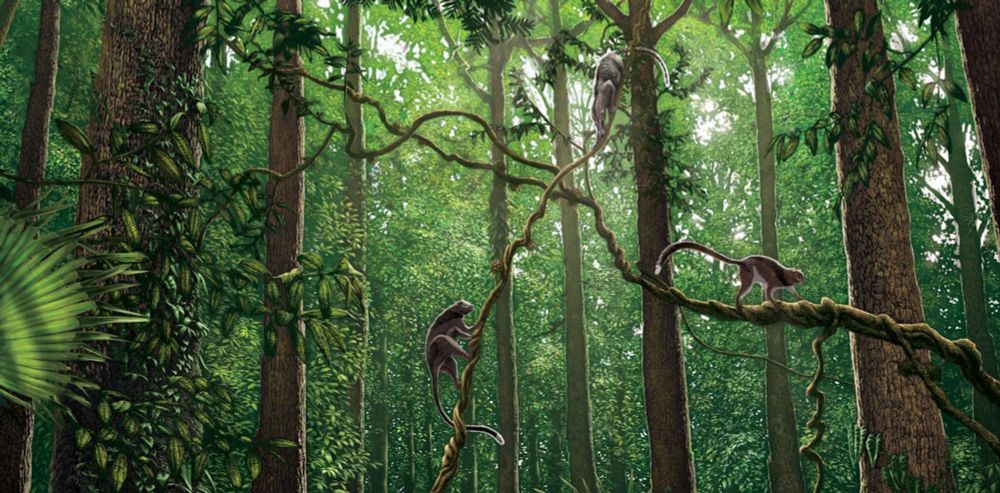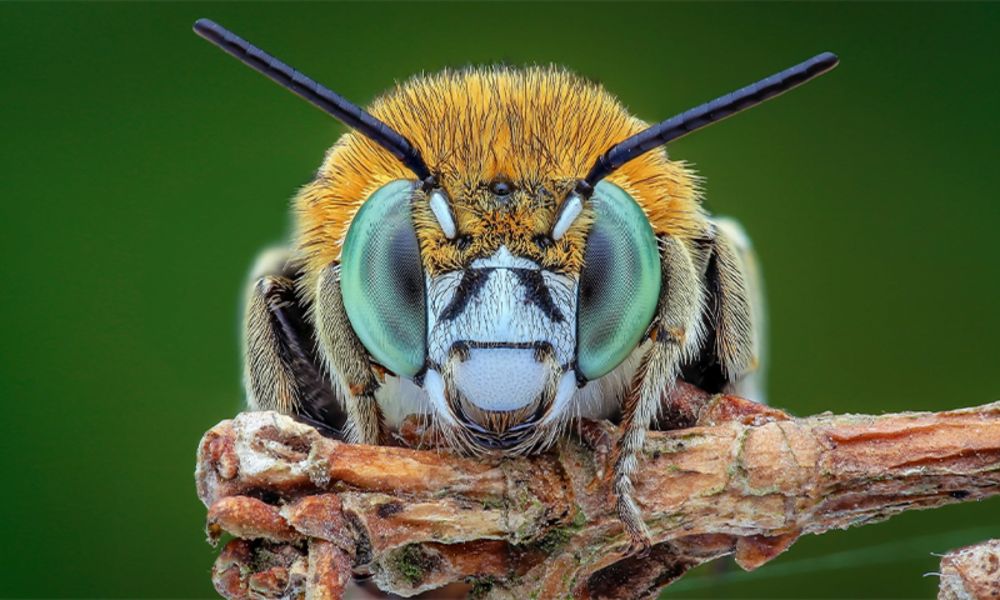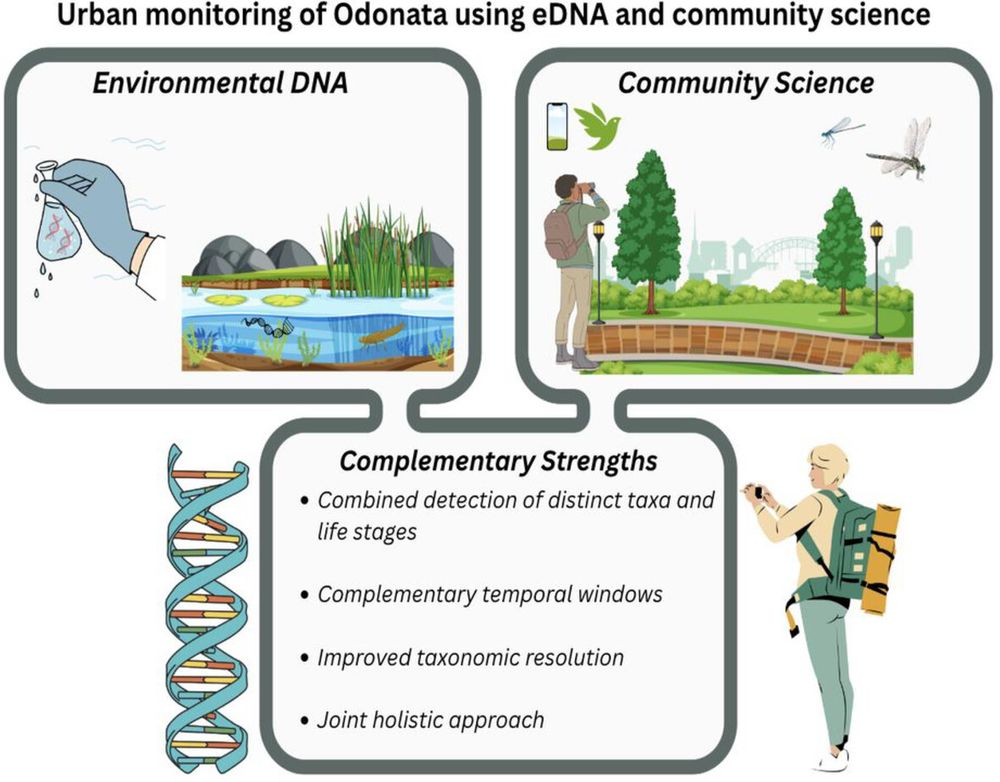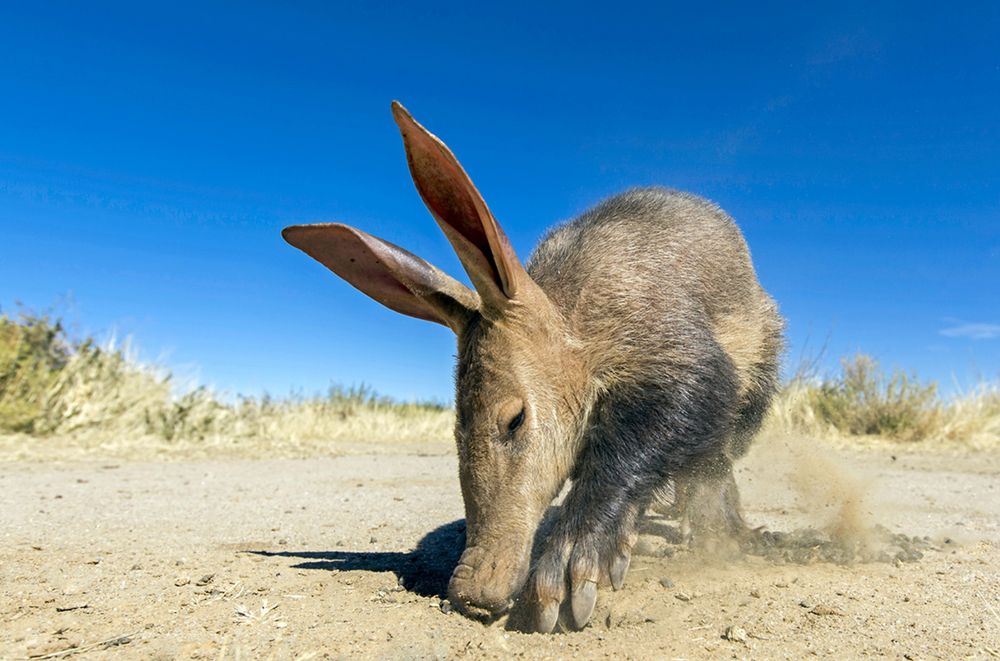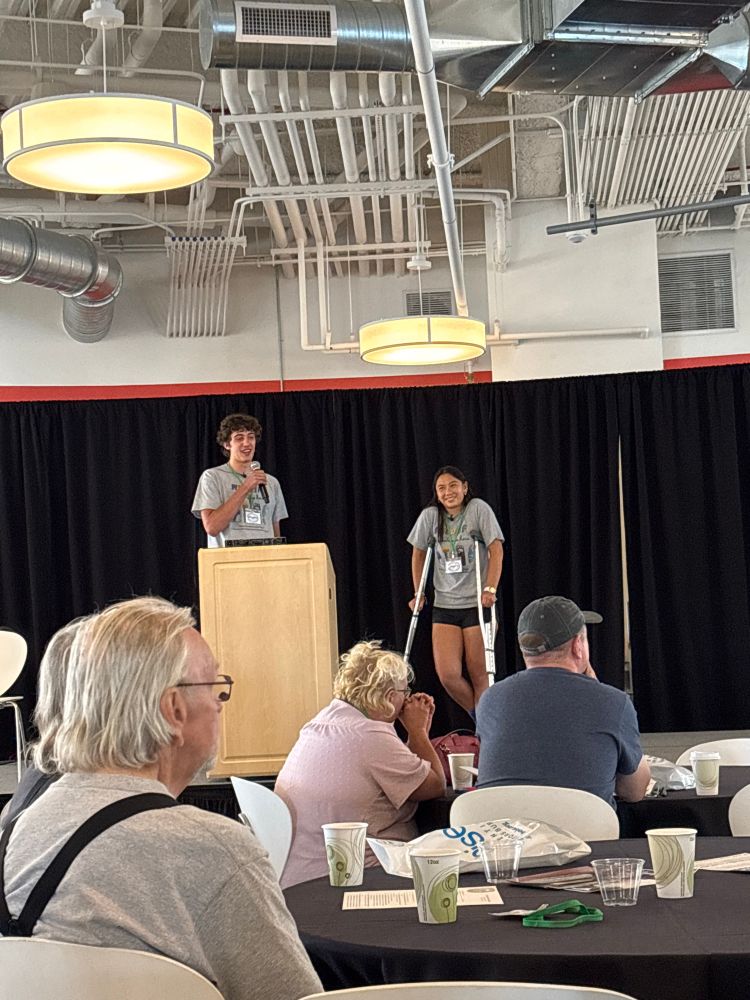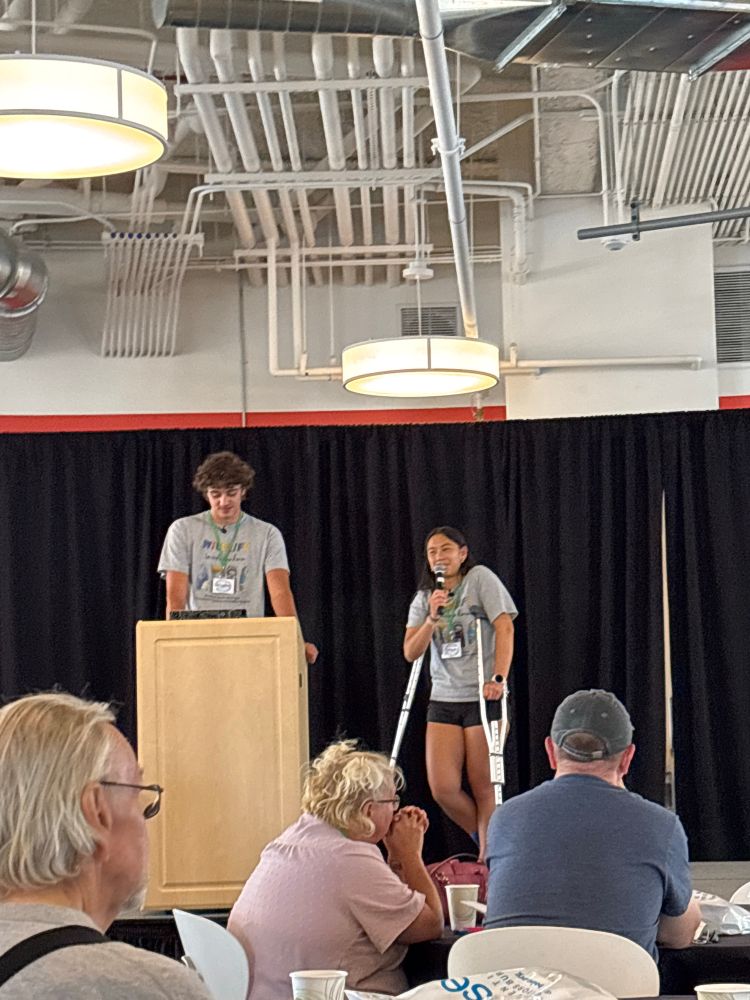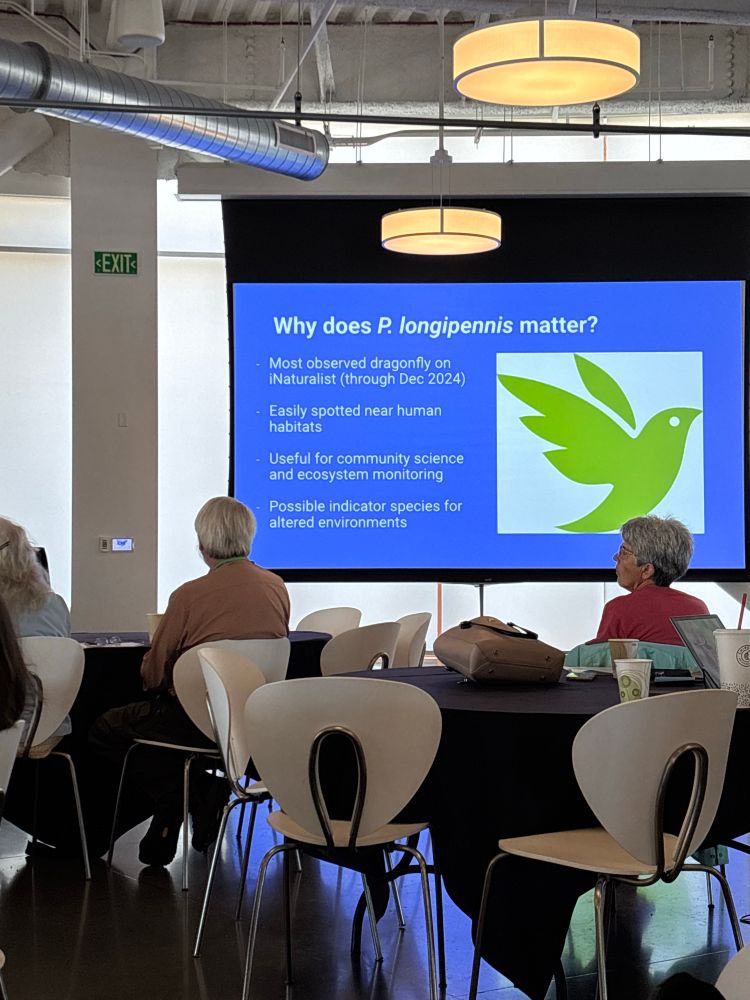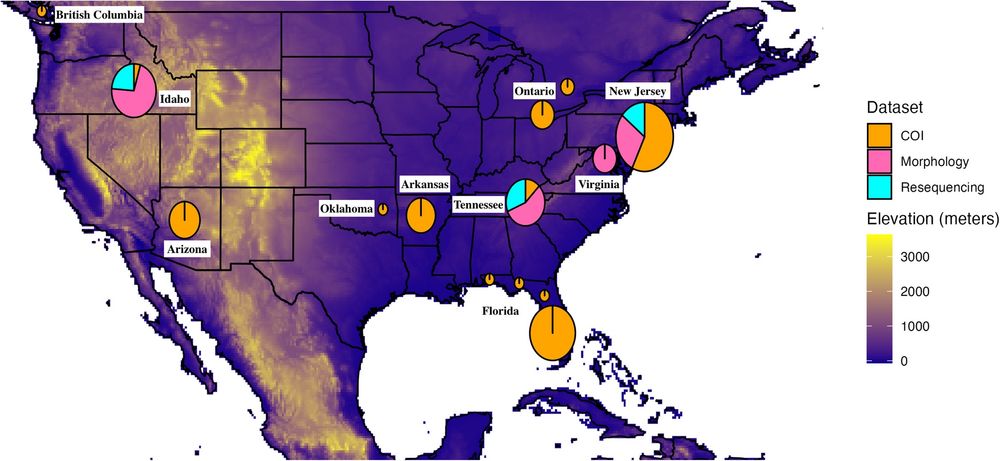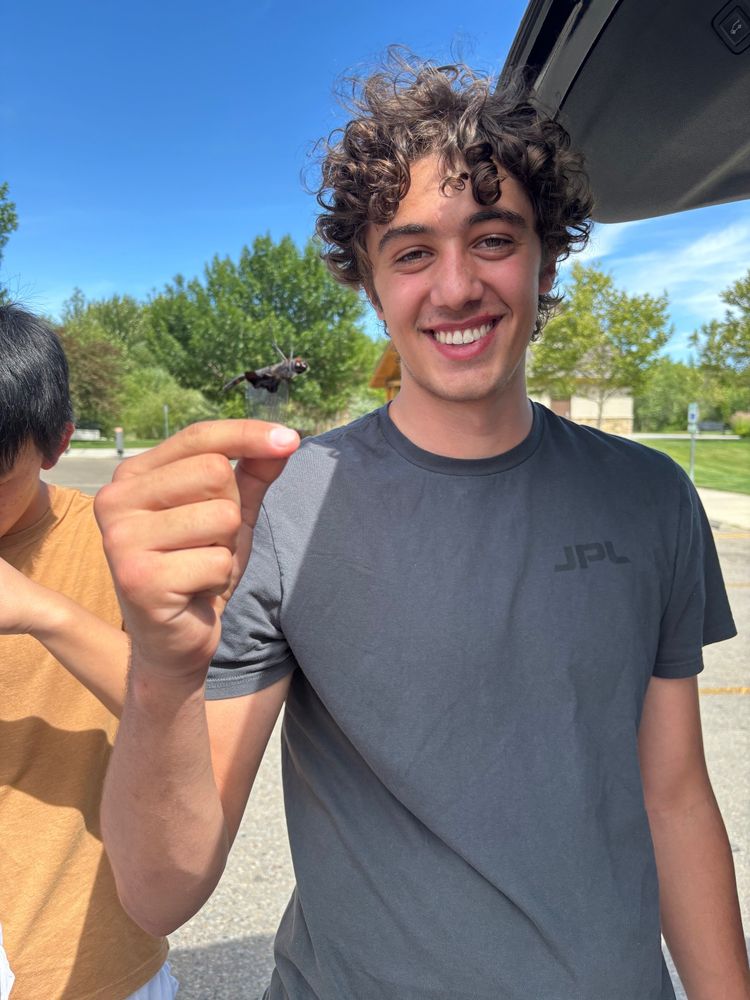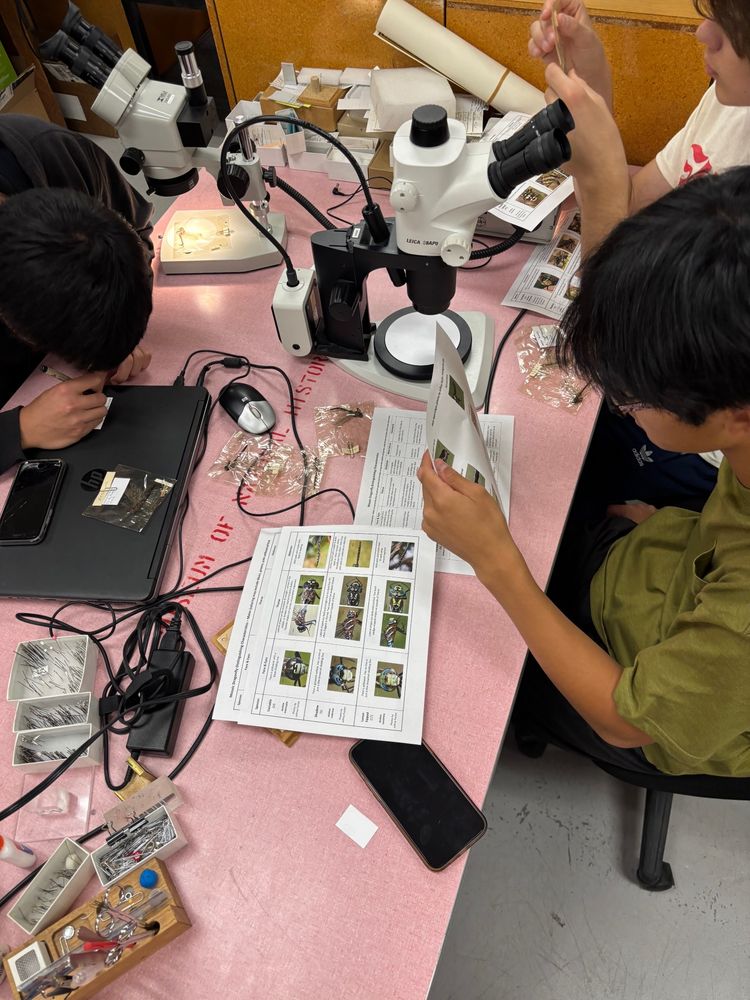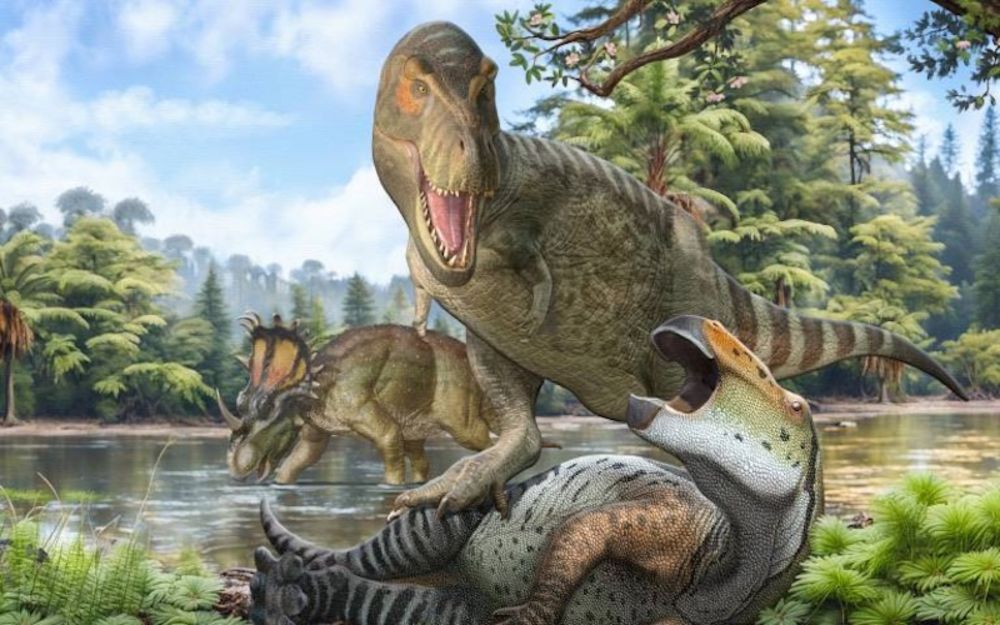Your browser has Javascript disabled. Please go to your browser preferences and enable Javascript in order to use Scratch.
Thomas is teaching me how to code in Scratch. This is the first game we coded together. Check it out, and see if you can catch the dragonfly!
scratch.mit.edu/projects/121...
23.09.2025 00:18 — 👍 0 🔁 0 💬 0 📌 0

New #OpenAccess research in #RESInsectConsDiv
Integrating #eDNA and #CommunityScience to monitor urban #Odonata diversity
doi.org/10.1111/icad.70006
#UrbanInsects #Biodiversity #Monitoring
@manusaunders.bsky.social @wiley.com
18.08.2025 08:05 — 👍 7 🔁 2 💬 0 📌 0
If you happen to be in Colombia! Come visit this awesome exhibit we just launch in #ICO2025! @jessicalwarelab.bsky.social thank to be part of these dream!
18.08.2025 01:15 — 👍 4 🔁 3 💬 0 📌 0

Is Extinction Permanent? Resurrecting California’s Xerces Blue Butterfly | KQED
Ecologists hope to resurrect a crucial piece of the Presidio dunes ecosystem with a rare blue butterfly.
California ecologists are bringing a glimmer of hope back to the Presidio, releasing Silvery Blue butterflies to fill the ecological void left by the long-lost Xerces Blue. This creative conservation effort may reshape what it means to reverse extinction in action. www.kqed.org/news/1205298...
22.08.2025 17:18 — 👍 3 🔁 2 💬 0 📌 0
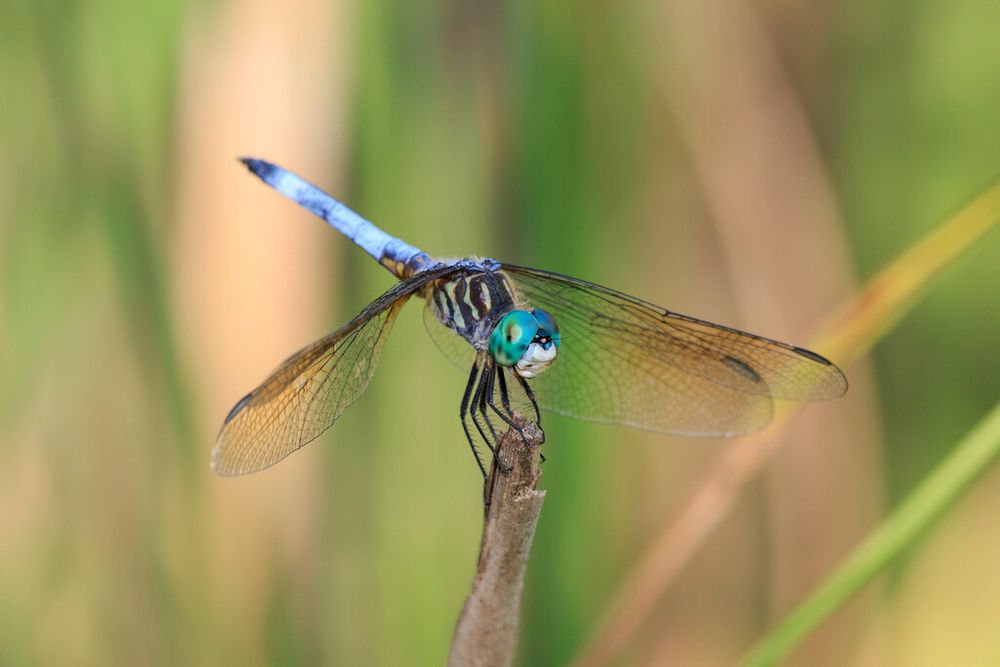
Meet the Beautiful Dragonfly That Thrives in Your Pollution
So great to see our work on blue dasher dragonflies highlighted in the New York Times. Excellent piece by @cjgiaimo.bsky.social!
www.nytimes.com/2025/08/16/s...
16.08.2025 16:20 — 👍 21 🔁 11 💬 1 📌 0
Decolonize scientific institutions, don’t just diversify them | Nature
Indigenous scholars set out eight steps to stop marginalization in academia and to enable a shared Indigenous agenda in science. Indigenous scholars set out eight steps to stop marginalization in academia and to enable a shared Indigenous agenda in science.
Our new piece is out in @nature.com big mihi to all my co-authors it was a pleasure to work with you on this @lanipai.bsky.social @niiyokamigaabaw.bsky.social @napaaqtuk.bsky.social @sereananaepi.bsky.social @1nativesoilnerd.bsky.social Bradley Moggridge and Brittany Kamai
tinyurl.com/yc4y9kfk
08.08.2025 19:25 — 👍 141 🔁 58 💬 4 📌 2
Check out this great work from @ethantolman.bsky.social 's PhD thesis! I'm excited to have collaborated with him and others on this exploration of gene family expansion in dragonflies.
29.07.2025 18:20 — 👍 1 🔁 0 💬 0 📌 0
Very excited about this paper! It has been great to work with colleagues in NZ and around the world to make this happen.
21.07.2025 18:58 — 👍 3 🔁 1 💬 0 📌 0
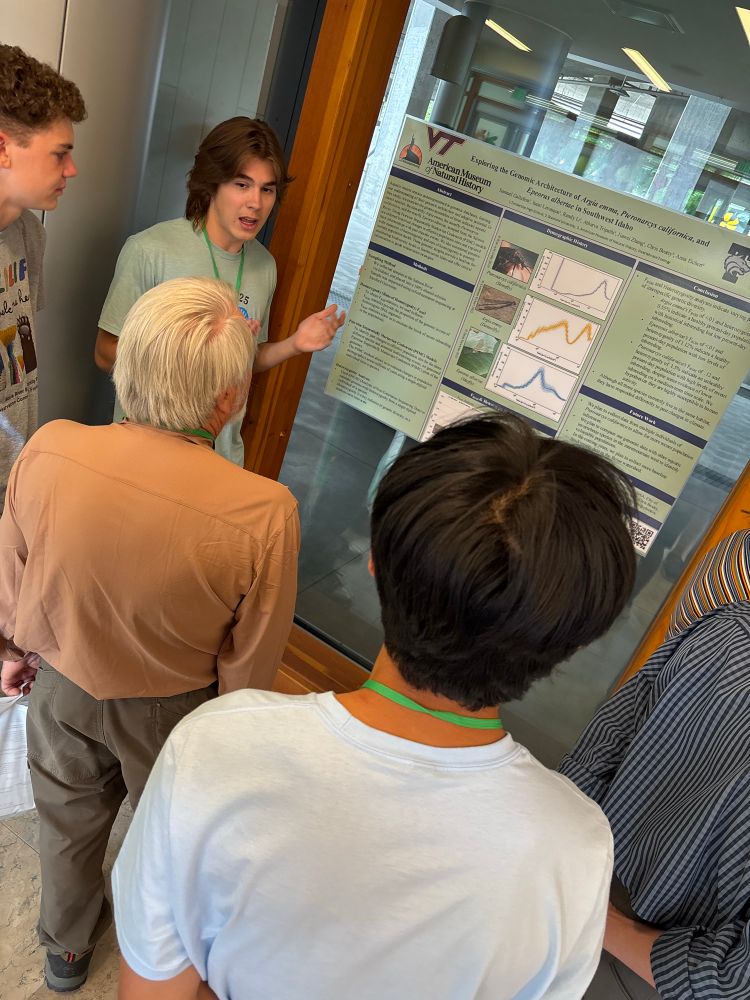
@isaaclevesque.bsky.social @jiaweiz.bsky.social, Sam Gallafent, Randy Li, and Atharva Tripathi found that insects sampled from the same habitat have responded differently to anthropogenic change and past climate change!
28.06.2025 21:06 — 👍 3 🔁 1 💬 0 📌 0
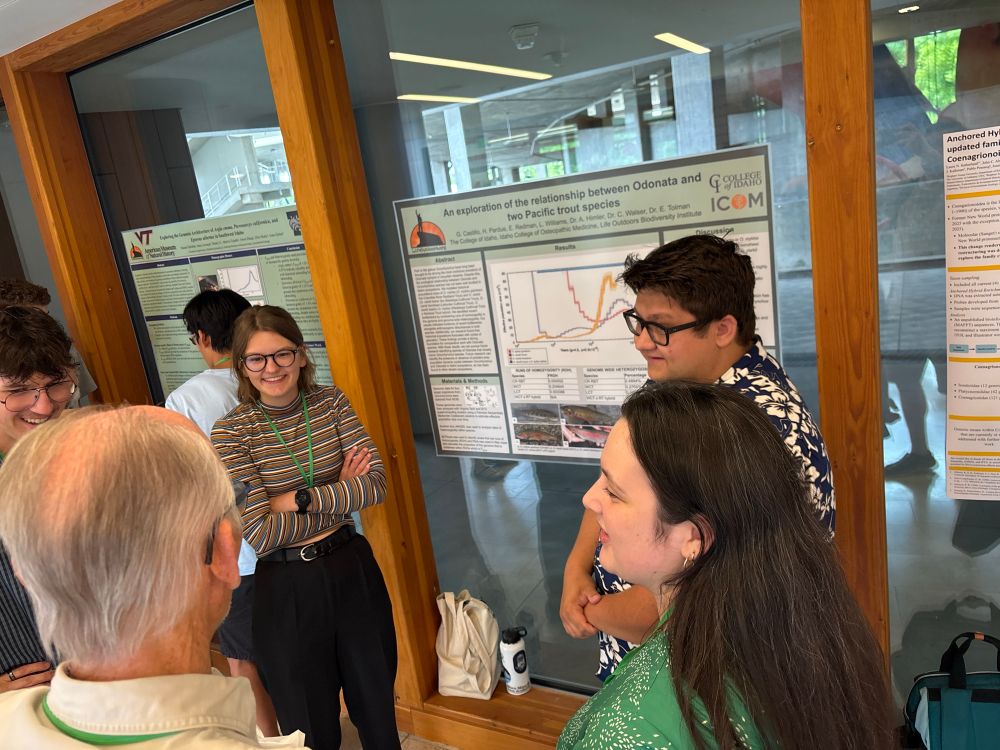
@gracie-castillo.bsky.social, @harrisonpardue.bsky.social, @eredman3.bsky.social and Liam Williams found alarmingly high levels of inbreeding in Trout, and discuss what this means for the Odonata they live with!
28.06.2025 21:08 — 👍 5 🔁 4 💬 0 📌 0
Glad to see the Idaho Statesmen cover the cool work @gracie-castillo.bsky.social @harrisonpardue.bsky.social @eredman3.bsky.social @jiaweiz.bsky.social @bengallafent.bsky.social @maleahwei.bsky.social and others are doing in Boise!
08.07.2025 16:21 — 👍 7 🔁 1 💬 0 📌 0

Nearly 2,000 top researchers call on Trump administration to halt ‘assault’ on science
Nearly 2,000 members of the National Academies called on the Trump administration to halt its “wholesale assault on U.S. science" in an open letter.
"In an open letter published Monday, nearly 2,000 of the nation’s top researchers called on the Trump administration to halt this 'wholesale assault on U.S. science,' which they say is threatening America’s position as a global research leader as well as the health and safety of its citizens."
01.04.2025 14:44 — 👍 14 🔁 3 💬 0 📌 1
These ancient fish swam with the dinosaurs. They may not survive us. - National Geographic
01.04.2025 19:04 — 👍 0 🔁 0 💬 0 📌 0
The Erasing of American Science - The Atlantic
02.03.2025 01:16 — 👍 0 🔁 0 💬 0 📌 0
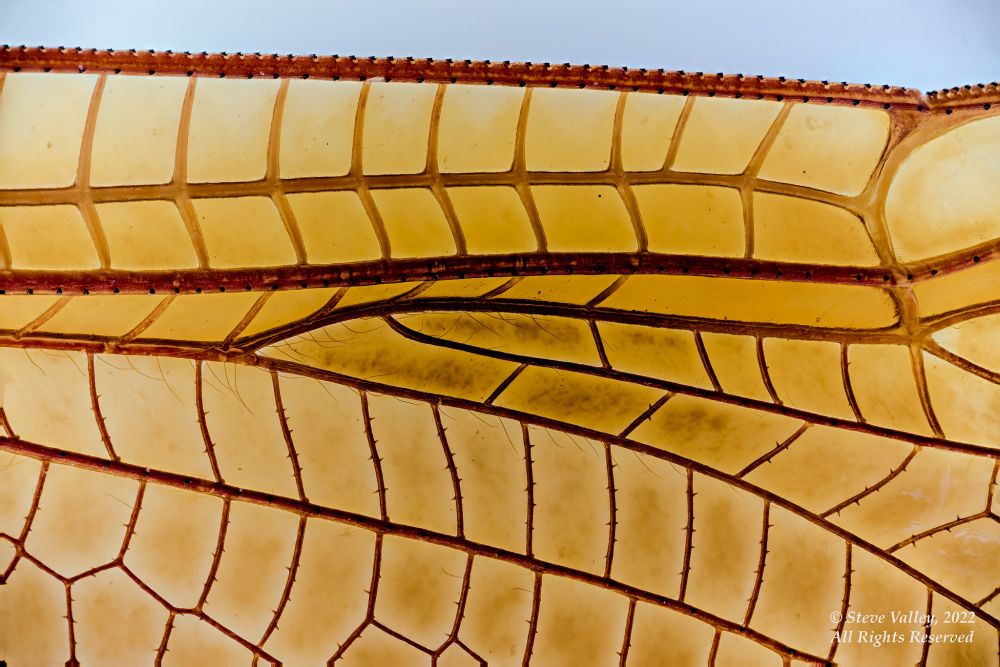
A portion of the rear wing of a male Flame Skimmer Dragonfly, Libellula saturata, Cox Creek, Albany, Oregon, USA. Dragonfly wings are not flat 2-dimensional structures, but rather, they are 3-dimensional, with grooves and ridges running lengthwise along the wing making it rigid, but allowing it to flex from base to tip and front to back without breaking. The membrane of each cell surrounded by veins creates a network that is very resistant to shearing forces. Tiny spines along the veins have very subtle, but cumulative affect on how air flows across each wing The whole wing acts as nature's most perfect airfoil. AND there are 4 of them, each independently movable and they can also rotate about 180 degrees. Dragonflies and damselflies are the only insects whose wings are controlled and powered by muscles that are attached directly to the bases of each wing. Independent sets of muscles raise, lower and rotate and un-rotate each wing. Focus stacks shot with a Nikon D810 and a Mitutoyo M Plan APO 5X infinity microscope objective.
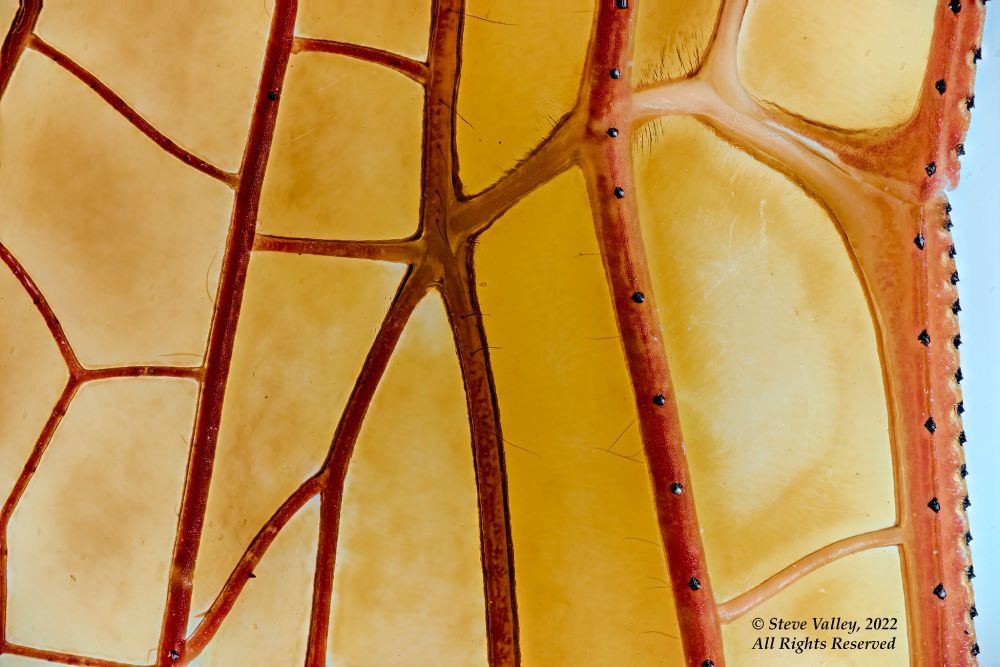
A portion of the rear wing of a male Flame Skimmer Dragonfly, Libellula saturata, Cox Creek, Albany, Oregon, USA. Dragonfly wings are not flat 2-dimensional structures, but rather, they are 3-dimensional, with grooves and ridges running lengthwise along the wing making it rigid, but allowing it to flex from base to tip and front to back without breaking. The membrane of each cell surrounded by veins creates a network that is very resistant to shearing forces. Tiny spines along the veins have very subtle, but cumulative affect on how air flows across each wing The whole wing acts as nature's most perfect airfoil. AND there are 4 of them, each independently movable and they can also rotate about 180 degrees. Dragonflies and damselflies are the only insects whose wings are controlled and powered by muscles that are attached directly to the bases of each wing. Independent sets of muscles raise, lower and rotate and un-rotate each wing. Focus stacks shot with a Nikon D810 and a Mitutoyo M Plan APO 10X infinity microscope objective.
A section of the rearwing of a male #FlameSkimmer #dragonfly, #Libellula-satutara
#Odonata #Insects #Anisoptera #Libellulidae #Skimmer #Invertebrate #Entomology #FocusStacking #NikonD810 #ZereneStacker #BugPics #DragonflyPhotography #Science #SteveValleyPhotography #photography #SciArt #Art
11.02.2025 22:20 — 👍 25 🔁 1 💬 1 📌 0
Studying why and how behavior evolves, from mosquitoes to mole-rats | Postdoc/Leon Levy Scholar @Columbia working with Ishmail Abdus-Saboor | PhD @Princeton with Lindy McBride | 麻布/東大 alum 🇯🇵 | yukihaba.github.io
Evolutionary genetics. Assistant Professor @ Rutgers—Camden genevalab.io
Associate Professor @ Durham University; evolution, phylogenetics, behaviour, 🏳️🌈,
firstgen
http://jonathanpdrury.com
Macro photographer based in Bay Area, California. Odonata admirer.
Assistant Professor @ Marquette U in Milwaukee WI USA. CoFounder of HiveTech Solutions. Interested in complex social dynamics, mostly in bees.
I'm a Professor in the Faculty of Biology at the University of Freiburg, Germany. I'm fascinated by visual navigation in insects. We study this and also develop tools to help us with that. https://strawlab.org/
The official bsky account of
The Society for Integrative & Comparative Biology (sicb.org) If you’re a society member, feel free to tag us or email content to share SICBmedia@sicb.org & follow @sicbjournals.bsky.social
Assistant Editorial Director at Cornell University Press acquiring books in classics, military history, modern European history, and archaeology. Has a biology PhD (really). Likes books, Criterion, rye, history, science, everything in between, and donuts.
Professor of paleontology and Earth systems at Vilnius University. My interests are: theoretical paleontology, evolution, geology, stratigraphy, philosophy of biology and geology, climate at scales great and small.
https://twitter.com/AndrejSpiridon4
Naturalist. Wildlife Photographer.
Founder of Wildlife.net
Share, Inspire, Protect.
Phylogeneticist, Assistant Professor of of Biological Sciences at Virginia Tech
Hi! I write about #science for Smithsonian, Discover, Quanta, Nautilus, Undark, National Geographic, CBC Radio, & many other outlets. Books include The Science of Shakespeare and In Search of Time. Co-host of BookLab podcast. 🔭🪐⭐️⚛️
Undertold stories about science and nature in California.
A national infrastructure facility providing genomic services, expertise and solutions to research and industry. Located in UNSW Sydney, Australia 🇦🇺
📩 ramaciotti@unsw.edu.au
We are a world leader in genomics research. We apply and explore genomic technologies to advance the understanding of biology and improve health 🧬
https://www.sanger.ac.uk/
Postdoctoral Researcher in the Mitchell Lab at UNC Chapel Hill | Genomics, symbiosis, & modeling | Corals -> fungi | she/her
scottgenomics.com
Theoretical biologist, recreational mathematician, anti-fascist*.
* I had planned not to be political here, but when circumstances change, decisions sometimes have to change.
Prof at #UCDavis
Work: evolution, ecology, function & phylogenomics of host-microbiome systems; #openscience;
Other: #birds; baseball; T1D
Lab phylogenomics.me
Pics jonathaneisen.smugmug.com
Links linktr.ee/jonathaneisen
TED go.ted.com/6WPm
Official page of the American Museum of Natural History in New York City. Open daily, 10 am–5:30 pm.
https://linktr.ee/amnh
Theoretical physicist, Rutgers professor.



